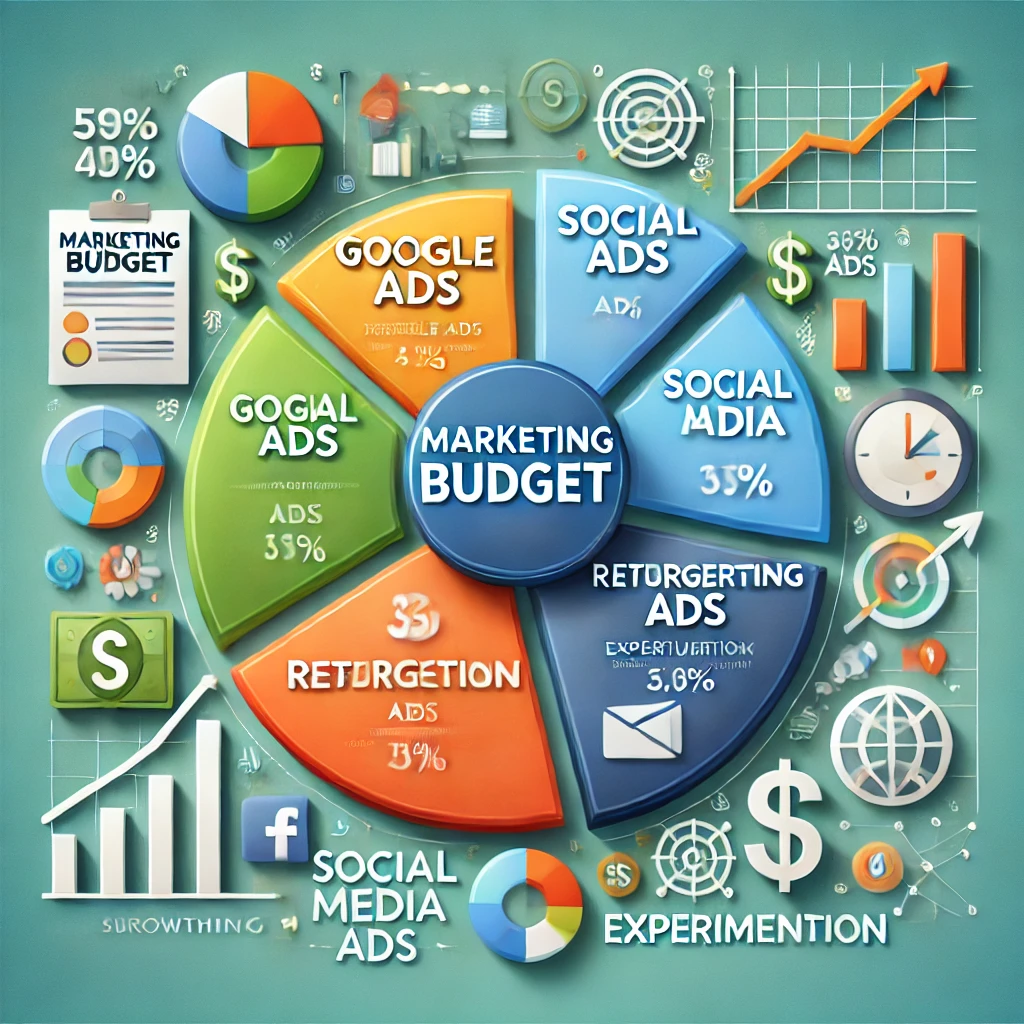
SEO for New Content: A Comprehensive Guide to Boost Visibility
Creating new content is exciting, but ensuring it reaches your target audience requires a strong SEO strategy. Here’s a step-by-step guide to help you optimize your new content for search engines and maximize its performance.
1. Start with Keyword Research
Before creating your content, identify keywords your audience is searching for. Use tools like:
Focus on:
- Primary Keywords: High-volume keywords relevant to your topic.
- LSI Keywords: Related phrases that provide context to your content.
- Long-Tail Keywords: Low-competition keywords targeting specific queries.
2. Optimize Your Title and Meta Description
- Title: Use your primary keyword within the first 60 characters.
Example: “SEO for New Content: Boost Your Traffic with Expert Tips” - Meta Description: Write a compelling 150-160 character summary, including your primary keyword.
3. Create Engaging and Structured Content
- Introduction: Hook readers with a compelling opening that addresses their pain points.
- Headings: Use keyword-rich H2 and H3 subheadings for better readability and SEO.
- Inverted Pyramid Style: Start with the most important information.
- Internal Linking: Link to relevant pages on your site to improve navigation and keep readers engaged.
- External Linking: Cite authoritative sources to build credibility.
4. Optimize On-Page SEO Elements
- URL Structure: Keep URLs short, descriptive, and keyword-rich.
Example: yourwebsite.com/seo-for-new-content - Image Optimization:
- Compress images to improve page load speed.
- Use descriptive alt tags with keywords.
- Mobile Responsiveness: Ensure your content looks great on all devices.
5. Enhance Content with Rich Media
- Add videos, infographics, or images to make your content visually appealing.
- Use schema markup (e.g., Article, FAQ, or How-To) to increase visibility in rich results.
6. Focus on Readability
- Use short paragraphs and bullet points.
- Write in a conversational tone that resonates with your audience.
- Use simple language, avoiding jargon unless necessary.
7. Promote and Build Backlinks
- Share your content on social media platforms.
- Reach out to industry influencers and bloggers for backlinks.
- Submit your content to relevant online communities and forums.
8. Monitor Performance with Analytics Tools
- Use Google Analytics to track traffic and engagement.
- Check keyword rankings with tools like Ahrefs or SEMrush.
- Monitor click-through rates (CTR) and adjust titles and meta descriptions if necessary.
9. Update Your Content Regularly
Keep your content fresh by adding updates, improving outdated sections, and incorporating new keywords over time.
Quick Checklist for SEO-Optimized Content:
- Conduct thorough keyword research.
- Write a compelling, keyword-rich title and meta description.
- Structure content with headings and bullet points.
- Add internal and external links.
- Use alt tags for images and compress them for faster loading.
- Share on social media and build backlinks.
- Monitor performance and update content as needed.
Final Thoughts: SEO Is an Ongoing Process
Optimizing your new content for SEO is not a one-time task. It requires continuous monitoring and improvement. By following this guide, you’ll set a solid foundation for your content to rank well and drive long-term traffic to your website.
Need more detailed assistance? Let me know!
Outrank Your Competitors and Win More Projects
If your website isn’t ranking for critical local keywords like “landscaping services near me,” you’re losing out on leads. Our SEO-optimized content will help you climb to the top of search results, driving more traffic and winning more projects. Start with a free content audit and take the first step toward dominating your market. Get started now.


